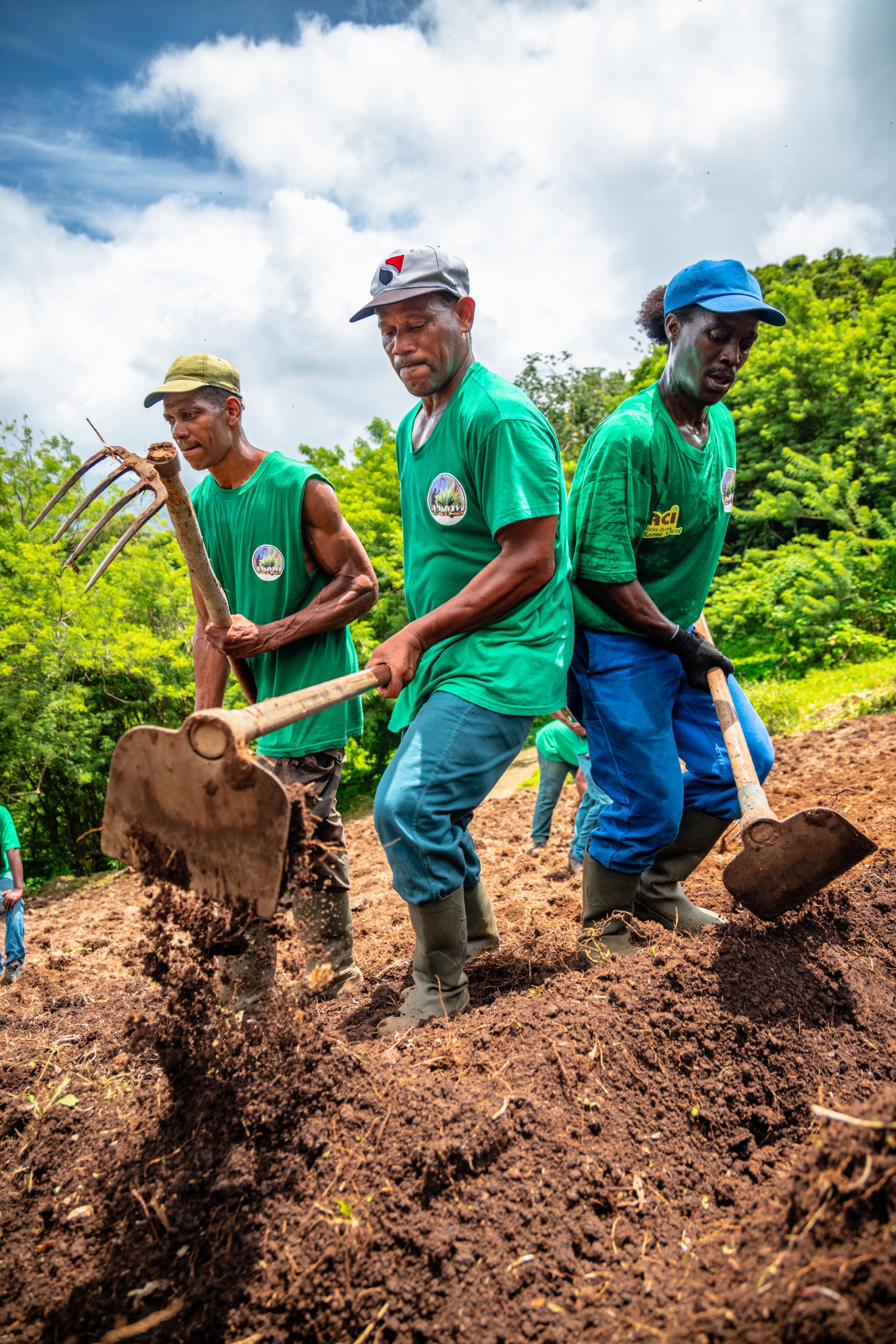Before you go any further...
I've read and accept the Terms of Use and the Privacy Policy.
I accept to receive newsletter and other communications associated with firms of The Explorers Network group'
I accept to receive commercial offers of The Explorers Network partners'.
Thanks!
Vote everyday for your favorite content
SENSITIVE CONTENT
This media contains sensitive content which some people may find disturbing or offensive.
You must be 15 years of age or older to view sensitive content.
Log inBirthday
Content being validated
THE EXPLORERS +
Watch our premium movies
The Explorers + is our premium movie catalog in Ultra High Definition (HD/4K/8K)! Hundreds of videos already available and daily new content on all your devices (web, mobile, tablets, smart TV).
Post content (photo or video) and get 1-month free
OR
Subscribe and support The Explorers Foundation's field actions for biodiversity.

Content being validated
An agricultural mutual aid system
0
0
After the abolition of slavery in 1848, the peasantry of the North Caribbean in Martinique was made up of people of color with limited financial means. Their farms, generally located on the mountainside in the steepest areas (mornes), did not allow the use of plows for plowing. They, therefore, grouped together in sosiety, intending to help each other so that everyone could have their land plowed. From difficulty, the free slaves of the hills managed to bring out a resilient model of society with strong cultural practices and to create a way of life of solidarity as well as a sustainable mode of production. The lasotè was born from this community necessary for the survival of these peasants and their families. Due to a lack of interest in hard crops, this practice of mutual aid, although a true tradition of the mornes, withered with the rural exodus in the 1960s and 1970s, even though a fair number of inhabitants continued to live in the Pitons of northern Martinique.
Related content

Médias en cours d’exploration

